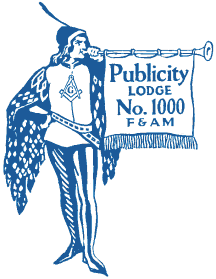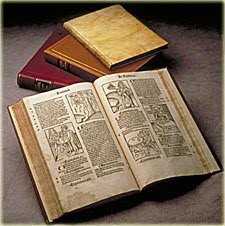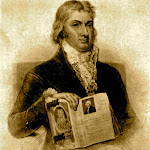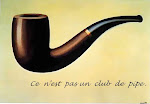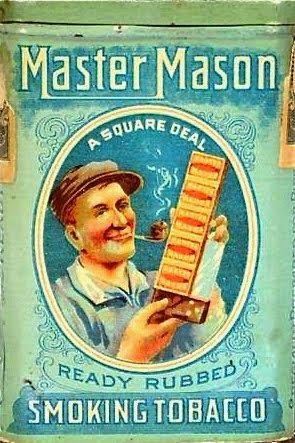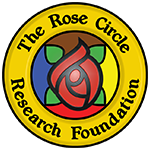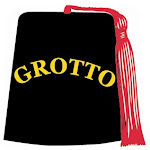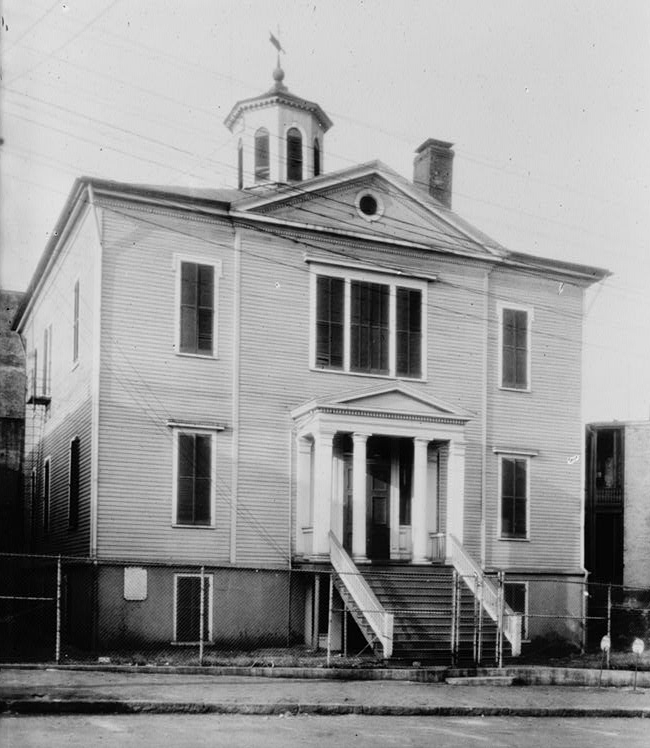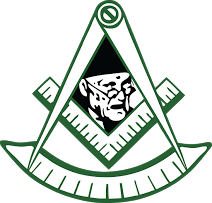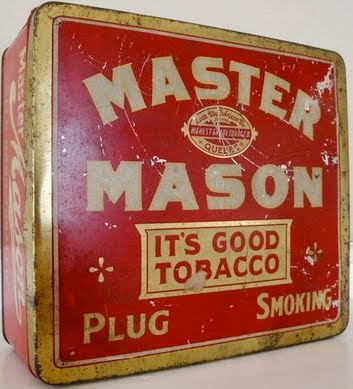Herewith, a very limited list of Anthroposophy in America events coming this fall:
Was Leonardo a Mystic?
Wednesday, September 17 at 7 p.m.
Cary Memorial Library
1874 Massachusetts Avenue
Lexington, Massachusetts
Free admission.
With Andrew Linnell. An evening of investigative fun with art history as we explore the mystery of Leonardo daVinci’s Virgin of the Rocks.
This is a prelude to the Incarnation of the Logos performance on Friday.
The Incarnation of the Logos
Friday, September 19 at 7 p.m.
Waldorf School of Lexington
739 Massachusetts Avenue
Lexington, Massachusetts
Suggested donation: $15
An Epic Tale of Christ’s Coming to Earth, performed by Glen Williamson. The story of Jesus’ birth, childhood and youth, as you’ve never heard it before. Harmonizing the conflicting accounts of Matthew and Luke, this saga weaves the threads of many traditions into an intimate but also cosmic drama. Adam and Eve, Moses, Adonis, Osiris, Isis, Apollo, Krishna, Buddha and Zarathustra all appear in this sometimes astonishing retelling of the greatest story ever told. Based on the Gospels and the work of spiritual researcher Rudolf Steiner and theologians Emil Bock and Edward R. Smith. More background will be presented September 17 at 7 p.m. at the Cary Memorial Library (1874 Massachusetts Ave, Lexington) by Andrew Linnell, who will present the mystery of two messiahs in Leonardo’s The Virgin of the Rocks.)
The Life, Nature,
and Cultivation of Anthroposophy
September 19-21
Ann Arbor, Michigan
A weekend retreat at Rudolf Steiner House. The focus will be Rudolf Steiner’s first series of “Letters to the Members,” collected and available in the booklet titled “The Life, Nature and Cultivation of Anthroposophy.” The letters, though written nearly 100 years ago, continue to speak directly to us today. They are full of fertile meditations on collaborative and public, esoteric work. They are instigations toward solidarity and mutuality among those working for Anthroposophical contemplative research and understanding.
Places of Ancient Initiation in Greece,
Italy, Germany, Ireland
September 22-26
Seminary of the Christian Community
7 Carmen Court
Monsey, New York
From the dawn of human society, all cultures were inspired and formed by the so-called Mystery Centers, where each developed its own forms of initiation. These centers might be called the best kept secrets in antiquity because, under pain of death, no initiate was permitted to reveal his experiences to those outside the temple. From external history we only know fragments of their rituals, for example from artifacts found in temples and through descriptions in myths and legends. In this course, we will imaginatively visit some of the old Mystery Centers through the eyes of Rev. Julia Polter and Rev. Bastiaan Baan. Last summer, after studying their history and spiritual development, Rev. Polter visited several such sites in Greece, as did Rev. Baan over several years, at
Externsteine in Germany, Glendalough and Skellig Michael in Ireland, and Monte Gargano in Italy.
In the Bible Studies, we will explore initiation motifs in the Hebrew Bible and New Testament, and in the workshops we will consider their relevant connections to our time.
Complete Course: $150. Lectures may be attended as a series or separately;
suggested donation $10-$15 per lecture. Registration and information:
(845) 356-0972
or a.b.baan(at)gmail.com
Standing Between Heaven and Earth
Thursday, September 25 at 7:30 p.m.
Cedarwood Waldorf School
3030 SW Second Avenue, Portland, Oregon
The cycle of the year is a mighty breathing process of the Earth. The Earth grows and evolves through this breathing if human beings standing between Heaven and Earth consciously bring Heavenly forces to the Earth through their own on-going personal evolution. In autumn, when the consciousness of Earth and humanity begin waking from summer’s dream, Michael guides our awakening to Heavenly thoughts by helping us overcome our earthly habits and subjectively colored perspectives. On this autumn evening we are going to focus on the intimate interactions taking place between Heaven and Earth through the active mediation of human beings. Through this, we will seek a positive way of participating in this evolutionary path together; for navigating our lives in the present; and for contributing to the ultimate future of Heaven, Earth, and Humanity.
Information: James Lee at (503) 249-3904 or anthroposophynow(at)comcast.net
At the Dawn of the Rose Cross
September 27-28
www.corpsdemichael.org
What is inner armor? What is its relation to the Knights Templar of yesterday and today? How does the sacrifice of the Templar Grand Master Jacques de Molay 700 years ago prepare for the Rosicrucians and free Michaelic deeds? Albert Steffen Group (Pittsburgh), Corps de Michael (Hershey), and Friends of Stonehaven Farms (Founded 1737) cordially invite you to join us on Michaelmas weekend in the Sweetest Place on Earth!
Events will include: Eurythmy and Michaelic Courage Verse ◆ Group Study: “Knights Templars, Opposing Powers, & Healing Rose Cross” ◆ Excursion to John Harris Mansion on the banks of the shining Susquehanna ◆ Riverfront and Iron Bridge Walking Tour ◆ Dinner at A Passage to India ◆ Non Nobis Domine followed by group introductions with conference hopes ◆ Procession to Little Rose Interment with Verses ◆ Michaelmas Bonfire on the Saint John’s Meadow ◆ School of Spiritual Science ◆ “My Spiritual Journey from Africa to the Susquehanna Valley” by June O. Lang ◆ Non Nobis Domine with Additional Piano Selections by Chris Brigouleix ◆ Templar Sacrifice and the Inner Armor of Christian Rosenkreutz ◆ Free Michaelic Deeds ◆ Artistic Contemplation: “Burned at the Stake” by Ymelda Hamann-Mentelberg.
Celebrating the Life
of Francis of Assisi
Saturday, October 4 at 7:30 p.m.
Rudolf Steiner Community Center
110 Martin Alley, Pasadena, California
With Jeff Feldman and Andrew Dzedulionis at the Los Angeles Branch of the Anthroposophical Society. October 4 is the Feast Day of Francis of Assisi. Some 800 years after his death, Francis continues to be one of the most loved and revered people in the history of humanity. Rudolf Steiner held him in great esteem, referring to the “new and stronger moral impulses” that Francis introduced into earthly evolution. Jeff Feldman, teacher at Westside Waldorf School, and eurythmist Andrew Dzedulionis will lead this celebration of the life of St. Francis. It is designed to deepen our understanding and appreciation of this great figure through song, poetry, legend, artistic and historical reference, and eurythmy.
Sunday Talks with Rev. Bastiaan Baan
The Christian Community
15 Margetts Road, Monsey, New York
Information: Rev. Thornton at (845) 263-2377
October 12: The Life and Work of Ninetta Sombart
November 2: Chagall and the Bible
All begin at 11:15 a.m. following services.







